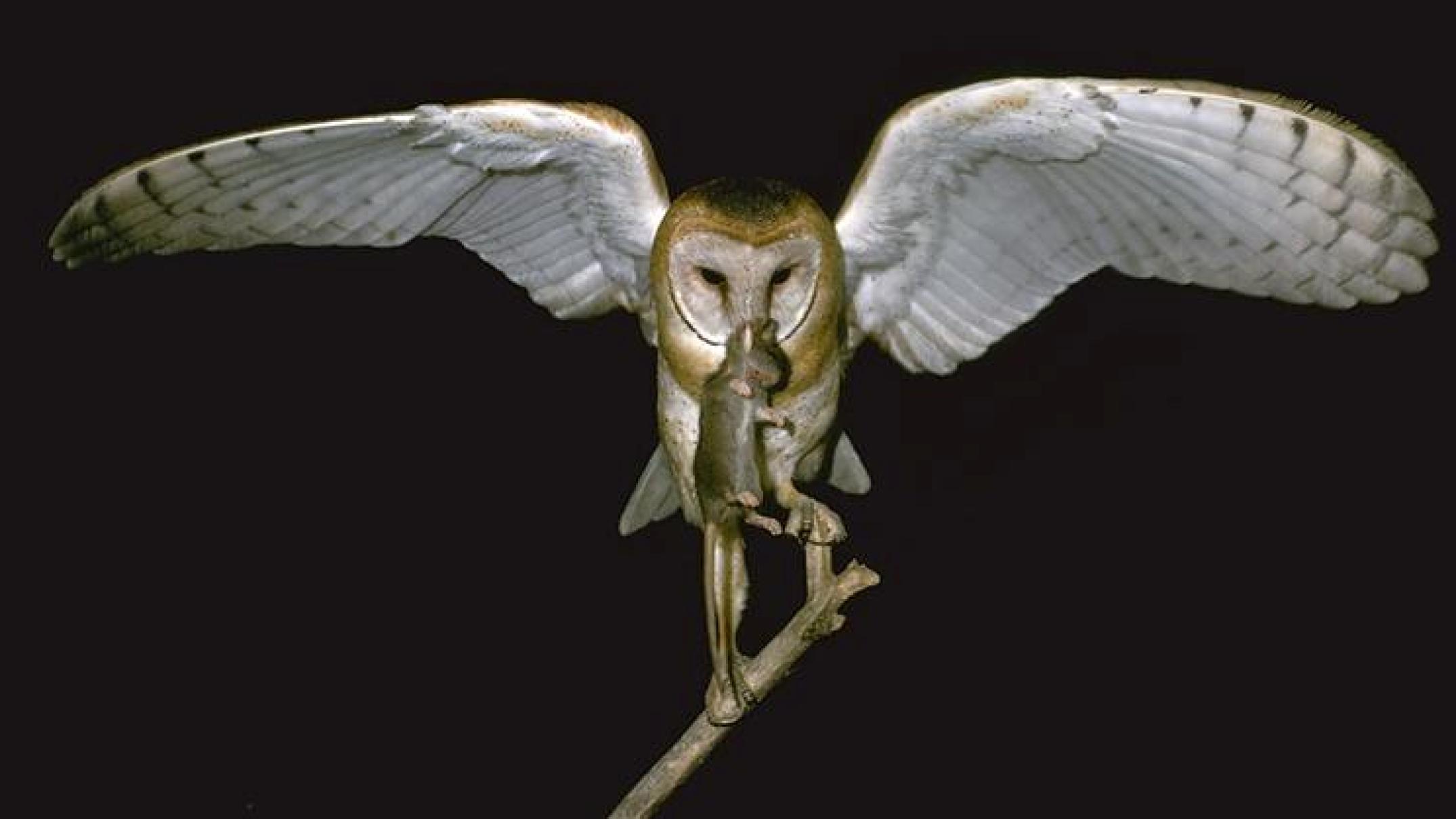As a mouse invasion spreads through New South Wales and Queensland, researchers are investing in a natural hero … the humble barn owl.
Key points:
- Some researchers believe barn owls could be used to predict and control mouse numbers
- Funding is being sought for a project to install nest boxes on SA’s Yorke Peninsula for the owls
- But CSIRO research officer Steve Henry fears there “aren’t enough owls” to combat or control mouse outbreaks
South Australia’s Yorke Peninsula has been a popular testing ground for the hypothesis that barn owls, which are found across Australia, could be good pest controllers.
Now, Natural Resources Northern and Yorke team leader Max Barr is hoping to secure funding to install barn owl nest boxes across most of the peninsula’s southern end.
“We’re looking at developing a project that looks at putting nest boxes in more places in the landscape to provide a place for the barn owls and hopefully increase those barn owl predator numbers,” Mr Barr said.
Mr Barr said recent surveys on Yorke Peninsula had found barn owl numbers were lower than the relative abundance of house mice numbers.
“That’s come from a slight shift in agricultural practices with the no-till management practice of leaving the stubbles in the crop, which is great for soil and erosion mitigation and also for building up organic content in the soil,” he said.
Predict and control
Mr Barr hoped that introducing more owls would help predict and control house mice populations.
He said studies undertaken in other similar Mediterranean climates in Israel, Spain and the USA showed promise.
“The science is there,” Mr Barr said.
“What we need to do in SA and Australia-wide is to test that hypothesis in our local area and our Australian agricultural settings.”
Cost-saving research
Mr Barr’s search for funding was ignited by a previous study conducted on the southern end of Yorke Peninsula.
In 2017, student researcher Kelly Meaney paved the way by creating an Australia-first study into whether the native eastern barn owl could help reduce “costs associated with rodent control”.
“I think we achieved that,” she said.
Ms Meaney said that with help from interested landholders, 11 nest boxes with external cameras were installed across a small area.
The nest boxes that Ms Meaney designed were specifically fashioned to suit Australia’s climate and were built by a local “nest box guru”.
“We also had to think about the specific kind of predators that might threaten things like barn owls — having it on a pole that is metal so that things like cats and foxes could not climb was really important as well,” she said.
Ms Meaney said while other studies conducted in Australia used day-time predators, there were advantages to using nocturnal barn owls to hunt the mice.
“And mice make up 90-plus per cent of their diet, so that’s really good in this instance because we don’t want them targeting things like dunnarts and native species that we’re trying to protect.”
“So, in the six months that we were actively monitoring the owls, and this is out of nine pairs and 35 owlets, they were able to eat 5,000 mice,” she said.
Ms Meaney was confident that with some refinement to her project, barn owls could be used to somewhat control house mice populations.
“That’s why this is all part of what’s known as an ecologically integrated management system, so they’ll also be implementing things like habitat modification such as reducing the grain load on the crops.”
‘Not enough owls’
CSIRO research officer Steve Henry said barn owls could be used to predict house mice populations, but not to control populations.
“In terms of owls actually being able to regulate or control a mouse outbreak that’s certainly not one of the things that happens, unfortunately,” Mr Henry said.
“Mice start breeding when they’re six weeks old and they can have a litter every 19 to 21 days after that.
“You would need literally huge numbers of owls, cats and foxes and all sorts of other predators to actually even make the smallest dent on a mouse population that was outbreaking.”




